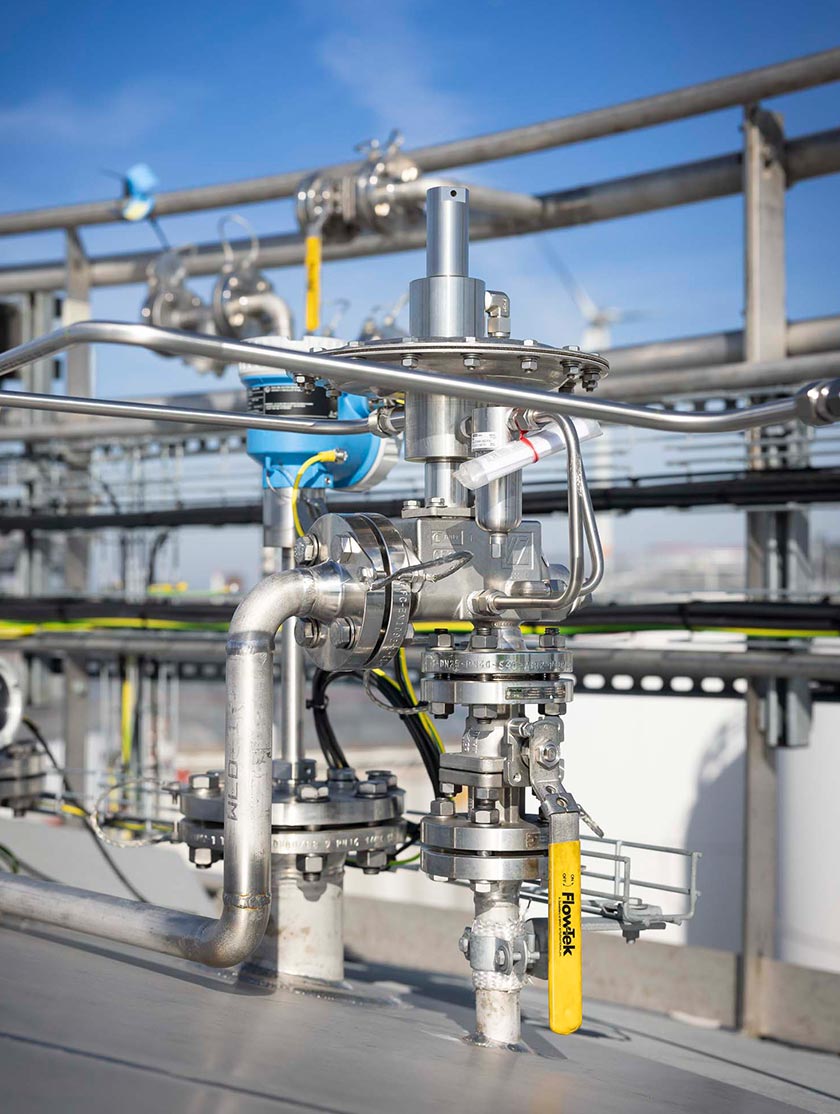Flame Arrestors: Understanding the Differences Between Vapor and Gas Applications
Flame arrestors are essential safety devices designed to reduce the risk and consequences of fire and explosion in any industrial environment where flammable gases or vapors are present. These devices play an important role in preventing fires and explosions by controlling and extinguishing flames caused by the ignition of flammable gases or vapor mixtures. One of the key differences between steam and gas flame arrestors is their design and function. Although both types of shut-off devices serve the same purpose, their design and functionality are tailored to the specific properties of the gas or steam. This ensures maximum safety and efficiency in controlling flames and preventing accidents. To better understand the differences between gas and steam flame arrestors, let’s take a closer look at each type.
Steam Flame Arrestors
Steam flame arrestors are specifically designed to handle the flow of vapor. Vapor is the gaseous form of a substance that is normally liquid or solid under normal conditions. Examples of vapors include gasoline vapors, alcohol vapors, and even water vapor. Steam arrestors are used in a wide variety of applications, including storage tanks, refineries, and fuel loading racks.
Gas Flame Arrestors
Gas flame arrestors, on the other hand, are designed and manufactured to handle the flow of gases. Gases are substances that are normally in a gaseous state, such as methane, propane, and hydrogen. Gas flame arrestors are primarily used in applications where gases are present in high concentrations, such as natural gas pipelines, compressed gas storage tanks, and gas processing plants.
Why Are Different Types of Flame Arrestors Needed?
The main reason is the different properties and behavior of gases and vapors.
- Vapors are typically lighter and more lightweight than gases, making them easier to control and suppress with a flame arrestor with a lower pressure drop.
- Gases are heavier and denser, requiring a higher pressure drop to effectively control and extinguish flames.
In addition to their design and functionality, gas and steam flame arrestors also differ in their maintenance and installation requirements. For example, gas arrestors must be able to withstand higher temperatures and pressures, while steam arrestors must be able to handle different vapor concentrations.
In short, both gas and vapor arrestors play an important role in preventing fires and explosions in industries where flammable gases and vapors are present.
Looking for The Right Flame Arrestor? Get Expert Help Choosing the Ideal Arrestor Engineered To Fit Your Needs |
Cashco’s flame arrestors are engineered to stop the propagation of flames in gas piping systems, helping protect equipment, personnel, and facilities. For more information about Cashco's arrestors, view all models here .
Cashco is dedicated to ensuring you select the best solution for your tank protection needs. Need help choosing the right flame arrestor? Contact us and our experienced team will gladly assist you in finding the ideal product!
Why Flame Arrestors Matter |
Cashco Flame Arrestors are specifically engineered to match the explosive mixtures Maximum Experimental Safe Gap, in order to ensure complete extinction of the flame.



